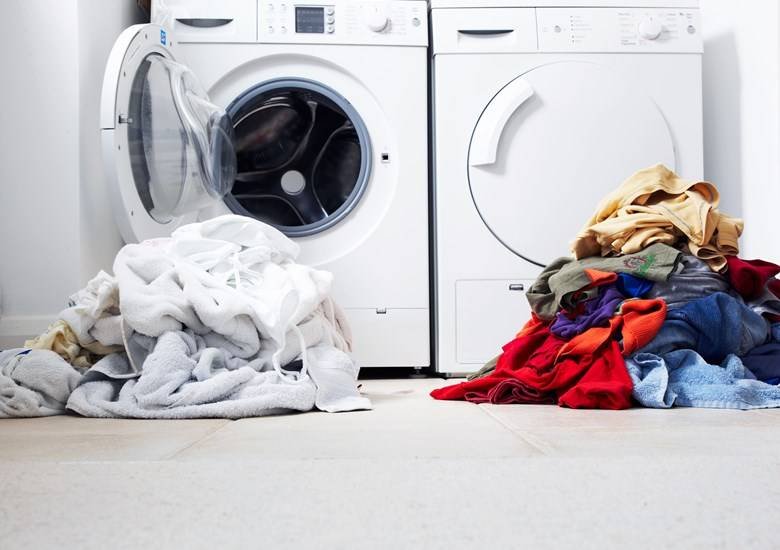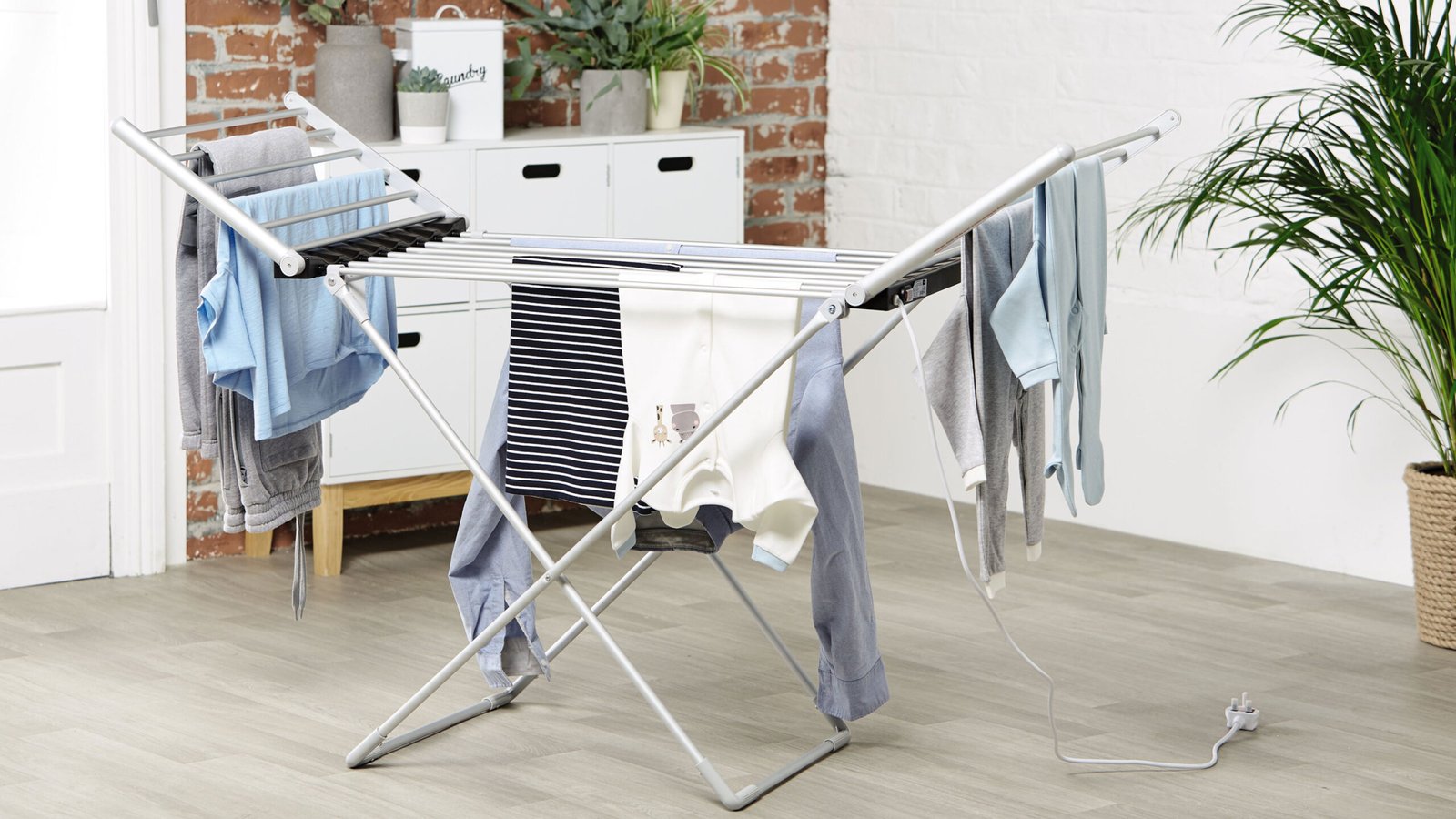Sorting laundry might seem like a mundane task, but doing it right can extend the life of your clothes, preserve their color, and make laundry day a lot easier. Whether you’re new to doing laundry or looking for ways to improve your process, understanding the best practices for sorting clothes is key to achieving cleaner, longer-lasting garments. In this ultimate guide, we’ll cover everything you need to know to sort laundry like a pro, from understanding fabric types to choosing the right detergents.
Why Sorting Laundry Is Important
Sorting laundry isn’t just about separating colors from whites. It’s about protecting the integrity of your clothes and ensuring they are cleaned properly. Here’s why sorting matters:
- Prevent Color Bleeding: Dark colors like red, navy, or black can bleed into lighter fabrics, causing colors to fade or transfer. Sorting colors helps avoid this issue.
- Maintain Fabric Quality: Different fabrics require different care. Sorting by fabric type ensures delicate items don’t get damaged by rougher clothes.
- Maximize Cleaning Efficiency: Some items need to be washed in different water temperatures, and some may require a gentler wash cycle. Sorting laundry allows you to adjust the settings based on the fabric’s needs.
- Extend the Life of Clothes: By properly sorting, you minimize wear and tear, helping your clothes last longer.
Step 1: Sort by Color
Sorting by color is the most well-known laundry sorting rule, and for good reason. It helps prevent color transfer and ensures your clothes stay vibrant. Here’s how to do it:
- Whites: Start by separating whites, which should be washed in hot water to get rid of stains and bacteria.
- Lights: These include pastels and pale colors. They can be washed together at a moderate temperature to prevent any accidental color transfer.
- Darks: Dark colors like black, navy, and red should be washed separately to avoid fading and bleeding into lighter fabrics.
- Bright’s: Neon or bright colors should also be washed separately, especially when they are new, as they are prone to color bleeding.
Step 2: Sort by Fabric Type
Different fabrics need different care, which is why sorting by fabric type is just as important as sorting by color. Mixing heavy fabrics with delicate items can lead to damage. Here’s how to break it down:
- Heavy Fabrics: Towels, blankets, sheets, and denim should be washed together. These items are typically durable and can handle a longer wash cycle and higher heat.
- Delicates: Lace, silk, and lingerie need extra care. Use a gentle cycle or a laundry bag to protect these items from getting snagged or torn.
- Synthetic Fabrics: Polyester, nylon, and other synthetics should be washed with similar fabrics to avoid damage. Use a cool or warm water setting to prevent shrinking or melting.
- Cotton: Cotton clothes like shirts and socks should be grouped together and can generally be washed in warmer water for better stain removal.
Step 3: Sort by Level of Dirtiness
Not all clothes are equally dirty, so it makes sense to sort them by how soiled they are. This prevents heavily soiled items from making other clothes dirtier or being washed improperly. Here’s how you can approach it:
- Heavily Soiled Clothes: Items that are stained, sweaty, or particularly dirty (like sports gear or work uniforms) should be washed separately. Pre-treat stains before washing to improve cleaning results.
- Lightly Soiled Clothes: Clothes that aren’t heavily stained, like those worn for a short time or for a casual outing, can be washed together on a gentler cycle.
Step 4: Use the Right Laundry Detergent
Choosing the right detergent is key to ensuring your laundry comes out clean and fresh. Here are some tips:
- For Regular Loads: A standard liquid or powder detergent works well for most clothes.
- For Delicates: Use a mild, gentle detergent designed for delicates to avoid damage.
- For Sensitive Skin: If you or your family members have sensitive skin, opt for fragrance-free or hypoallergenic detergents.
- For Stains: Use a stain-fighting detergent or add a stain remover to the wash for heavily soiled items.
Step 5: Adjust the Water Temperature
The temperature of the water you use plays a big role in cleaning clothes. It’s important to use the correct temperature based on the type of fabric and the level of dirtiness:
- Cold Water: Best for dark colors, delicate fabrics, and clothes that aren’t heavily soiled. Cold water helps preserve the color and prevents shrinking.
- Warm Water: Ideal for most everyday clothes made of cotton or synthetics. It helps to remove dirt without damaging the fabric.
- Hot Water: Best for whites, heavily soiled items, and bed linens. Hot water kills bacteria and removes stains but may cause fading or shrinkage if used on delicate fabrics.
Step 6: Don’t Overload the Washer
It’s tempting to cram as many clothes as possible into the washing machine to save time, but overloading the washer can result in poor cleaning performance. Clothes need room to move around in the washer so the detergent can circulate properly. It also prevents excess wear on fabrics.
If you have a lot of laundry, consider doing multiple smaller loads to ensure that your clothes come out cleaner and last longer.
Step 7: Dry Clothes Correctly
After washing, it’s important to dry your clothes properly to avoid shrinkage or damage. Different fabrics have different drying needs:
- Air Dry Delicates: Lay delicate items flat or hang them to air dry. Avoid using a tumble dryer for fragile fabrics like silk or lace.
- Tumble Dry Regular Clothes: For items like cotton shirts, socks, and towels, using a tumble dryer on a medium heat setting is generally safe. Be sure to check labels for specific instructions.
- Low Heat for Synthetics: For synthetic fabrics, use a low heat setting to prevent damage and maintain the fabric’s integrity.
Final Thoughts
Sorting laundry doesn’t have to be a complicated task. With a few simple steps, you can ensure your clothes are washed correctly, protecting them from wear and tear and helping them look fresh for longer. By sorting by color, fabric type, dirtiness, and water temperature, you can optimize your laundry routine and keep your clothes in top condition. Plus, using the right detergent and avoiding overloading the washer will improve cleaning results, saving you time and energy.
Taking the time to sort your laundry like a pro is an investment in the longevity of your clothes and the efficiency of your laundry routine. Whether you’re washing a small load or tackling a mountain of laundry, the right approach will make all the difference.
Keywords: sorting laundry, laundry tips, fabric care, washing clothes, laundry guide, laundry sorting steps.


